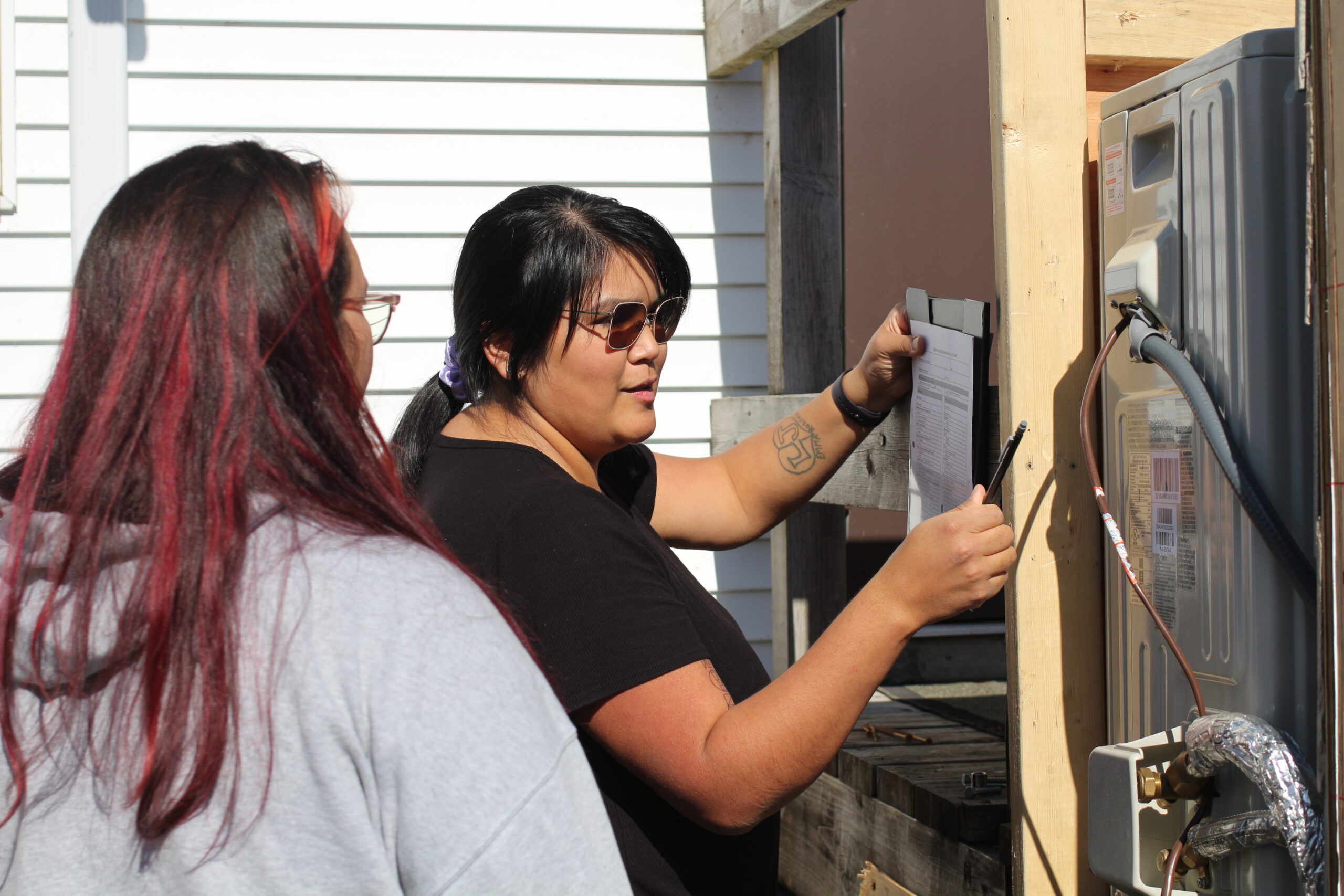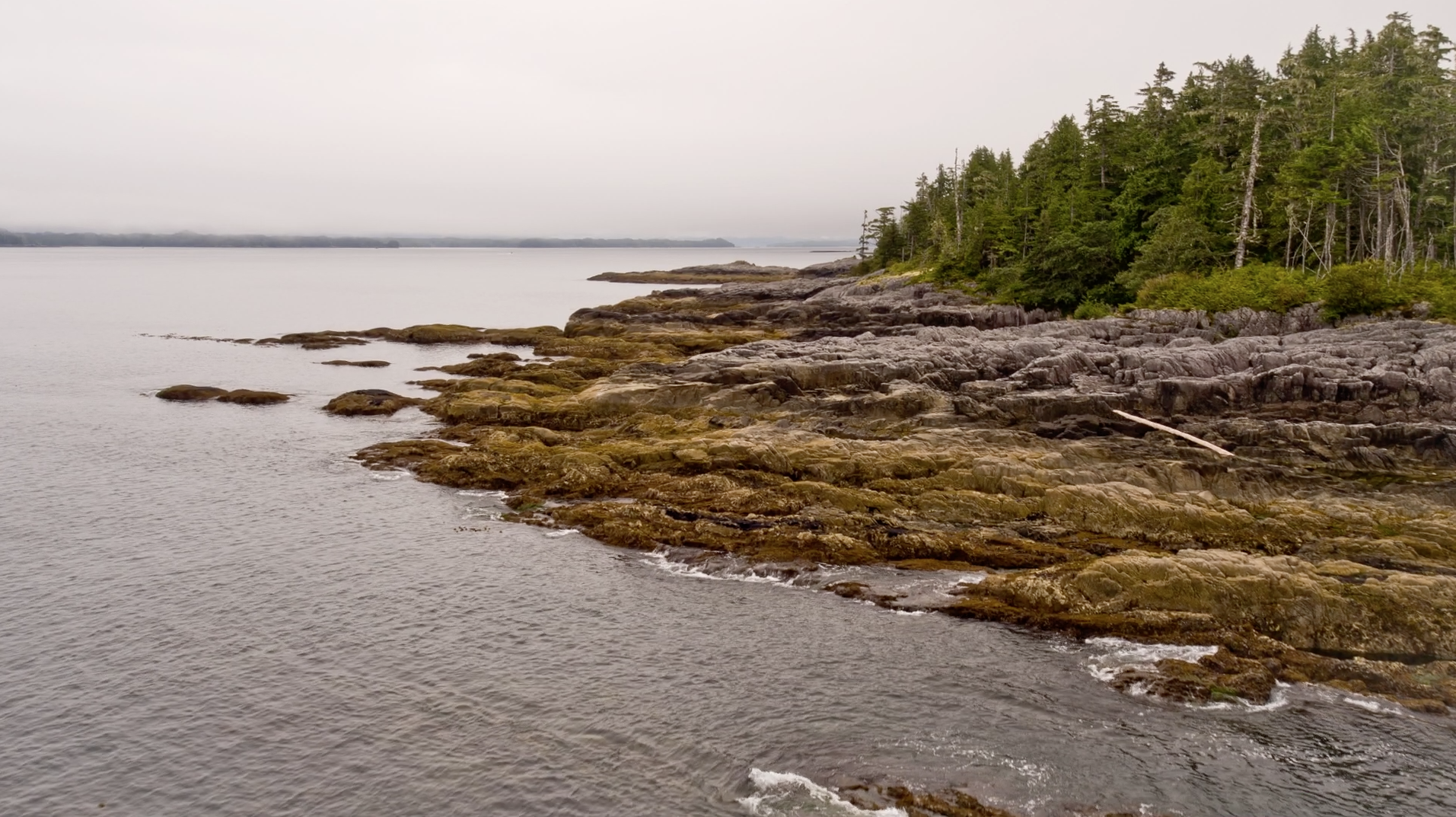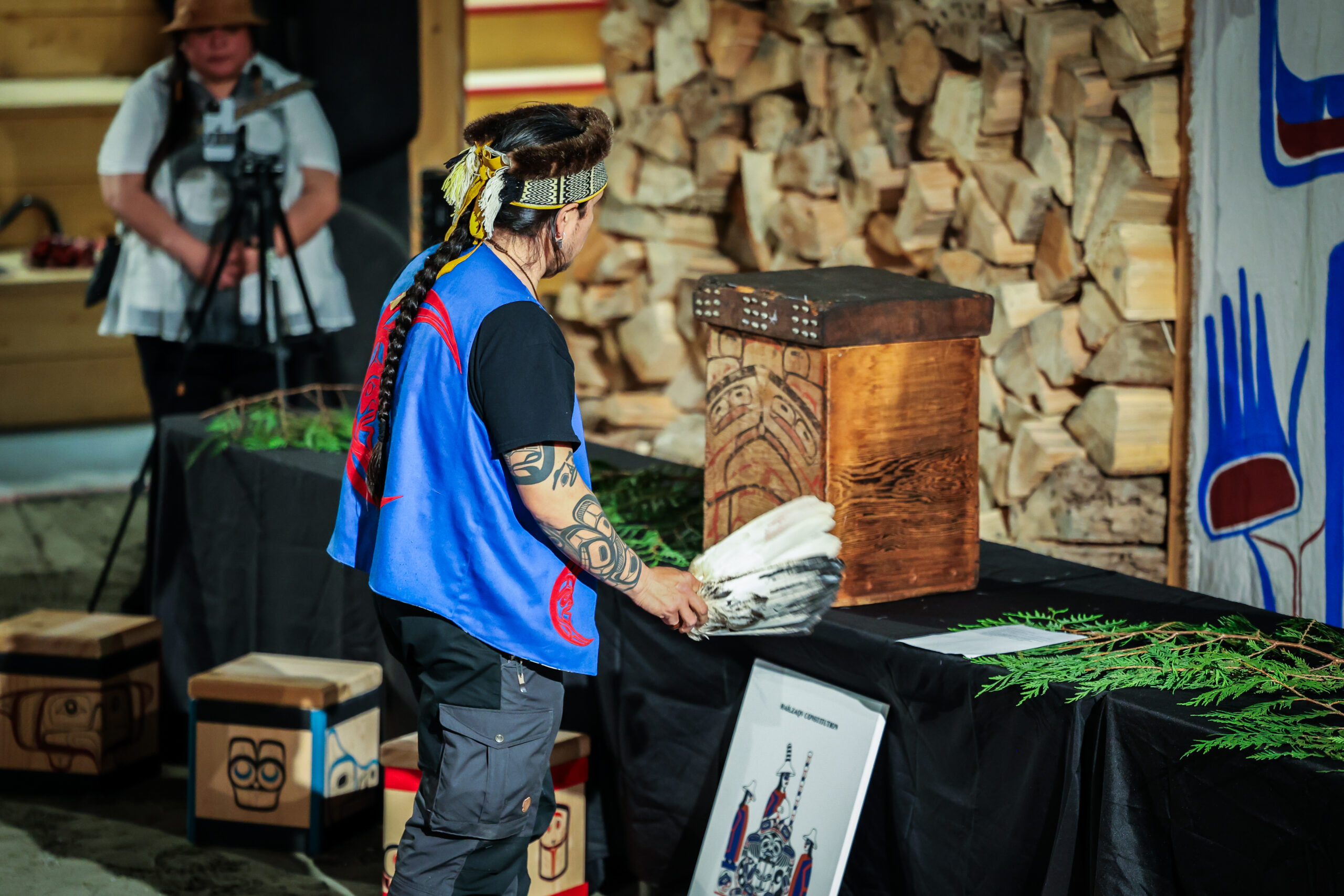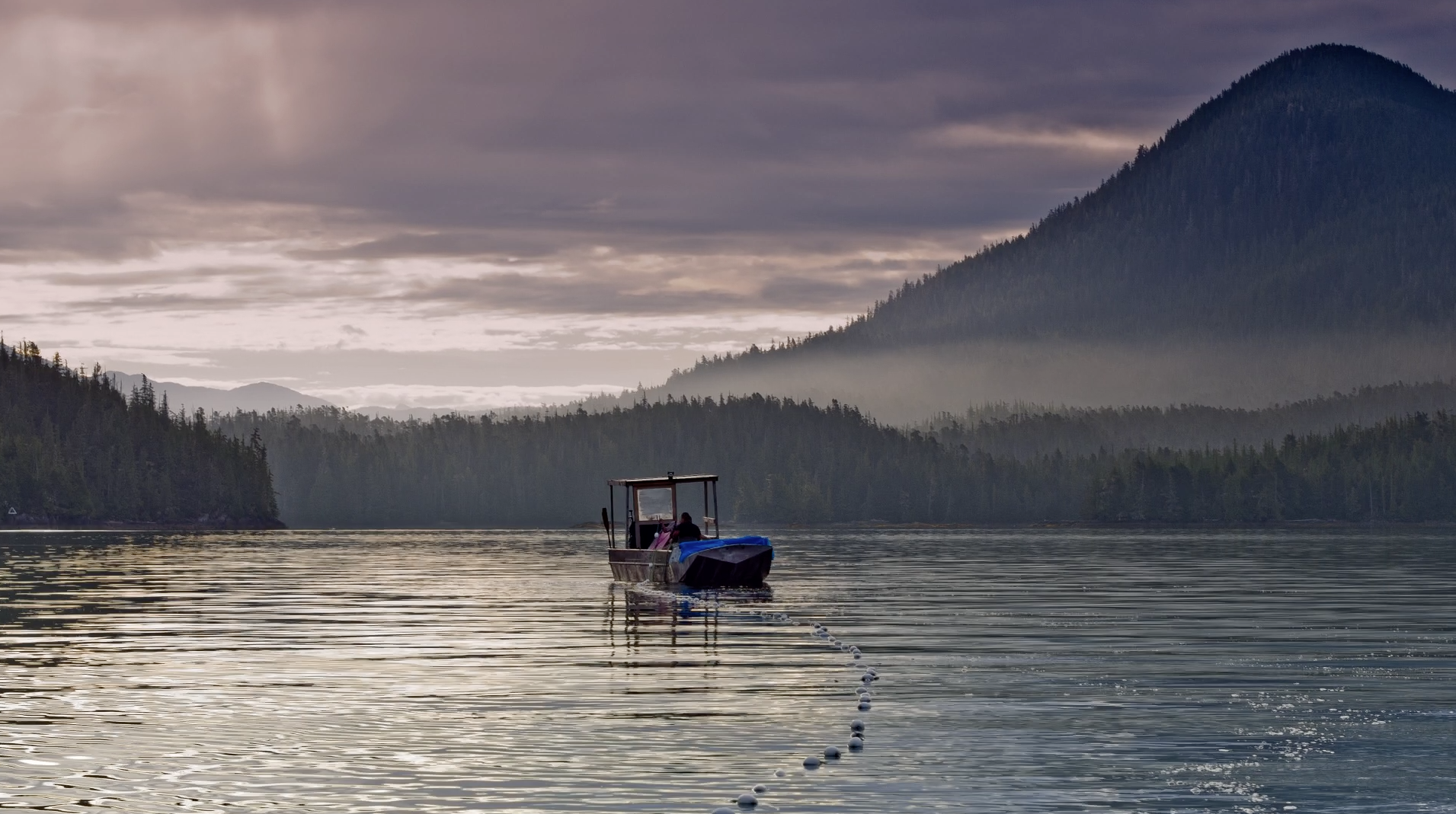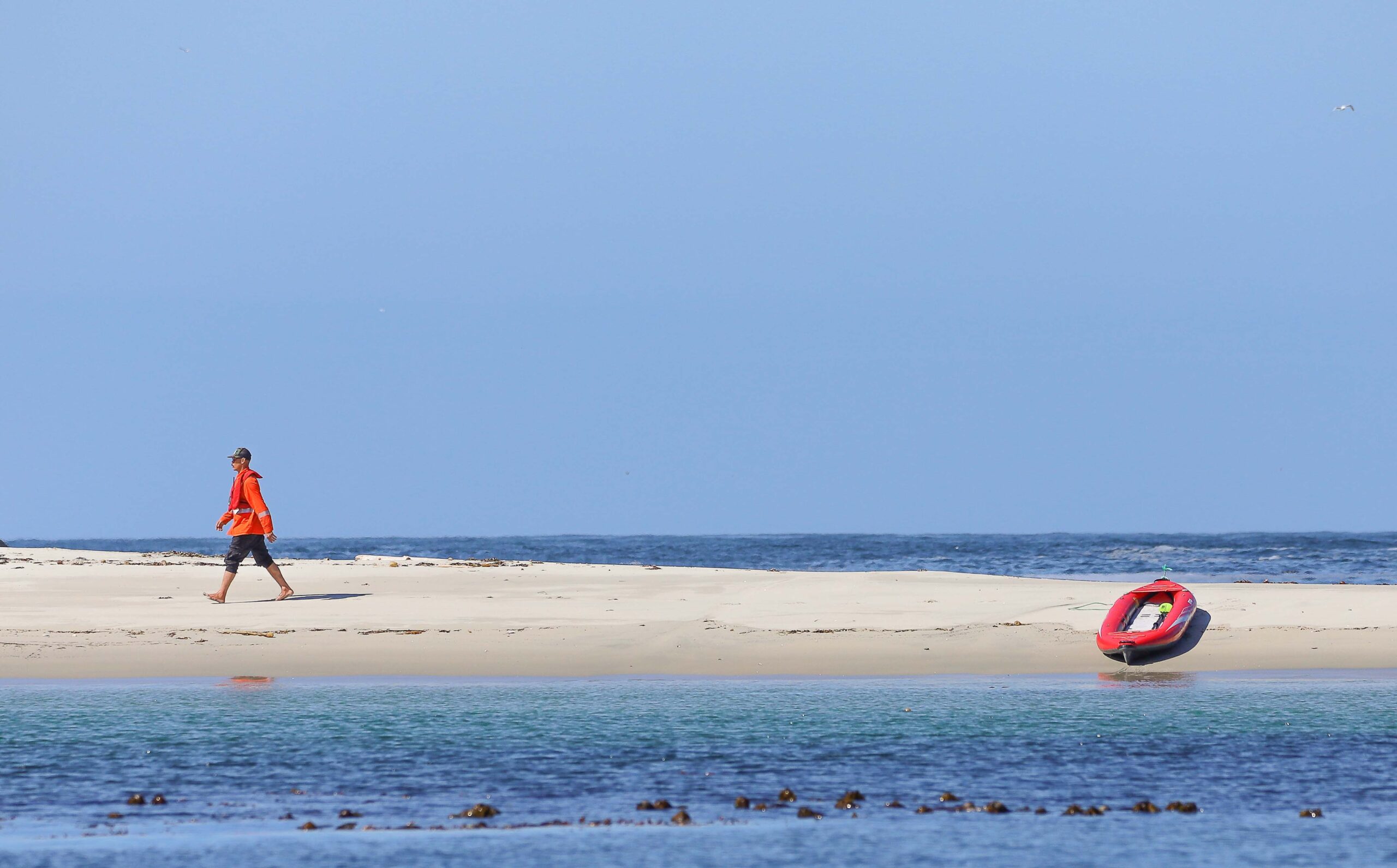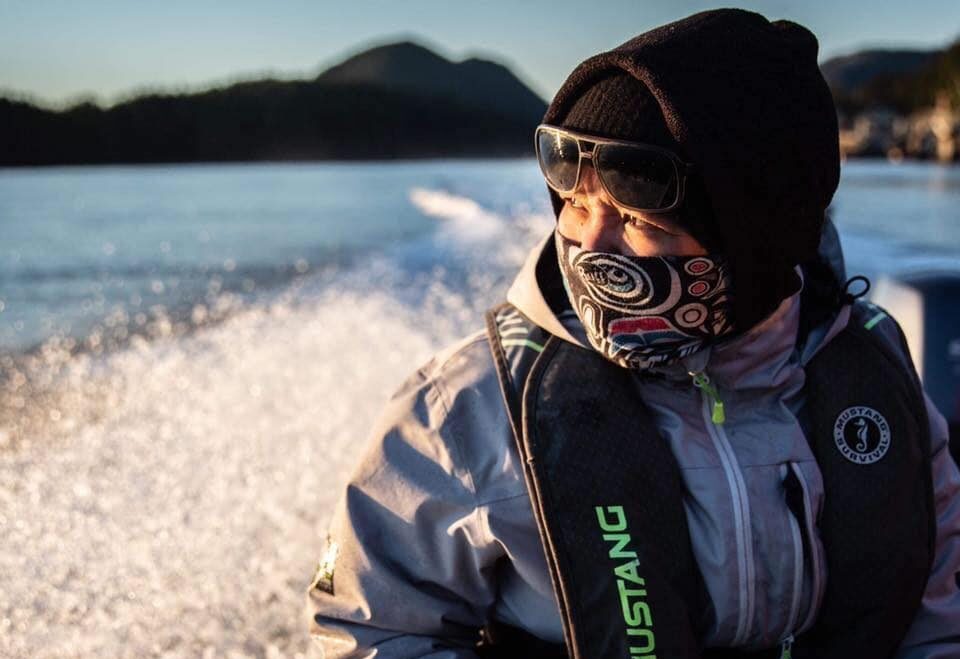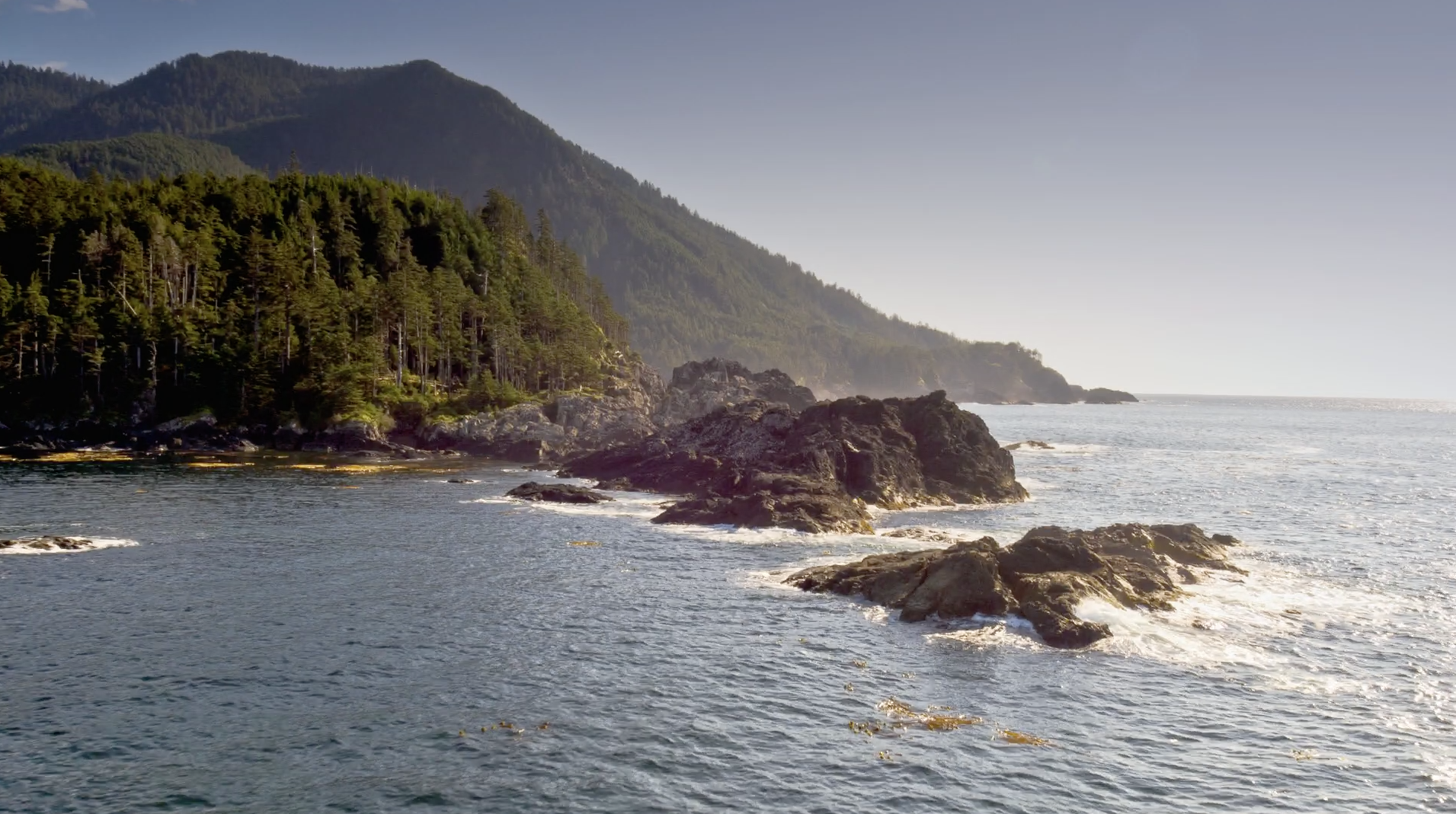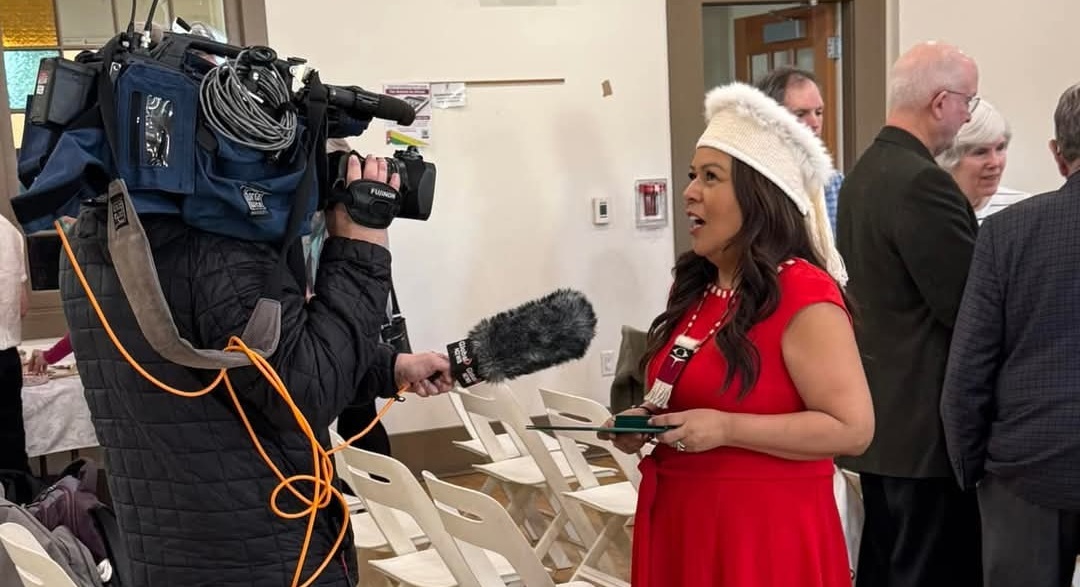Resources
-
ArticleNewsStory
Coastal First Nations React to Latest Set of Nation-Building Projects
Read StoryCFN member Nations remain committed to upholding the Oil Tanker Moratorium Act…
-
 ArticleEventsNewsStory
ArticleEventsNewsStoryCFN and BC Government Sign Joint Declaration on North Coast Protection
Read StoryLeaders from Coastal First Nations joined BC Premier David Eby to announce…
-
ArticleNewsStory
CFN Responds to Alberta’s Pipeline Announcement: Oil Tankers are not Welcome in Our Coastal Waters
Read StoryCoastal First Nations remain opposed to any project or proponent that would…
-
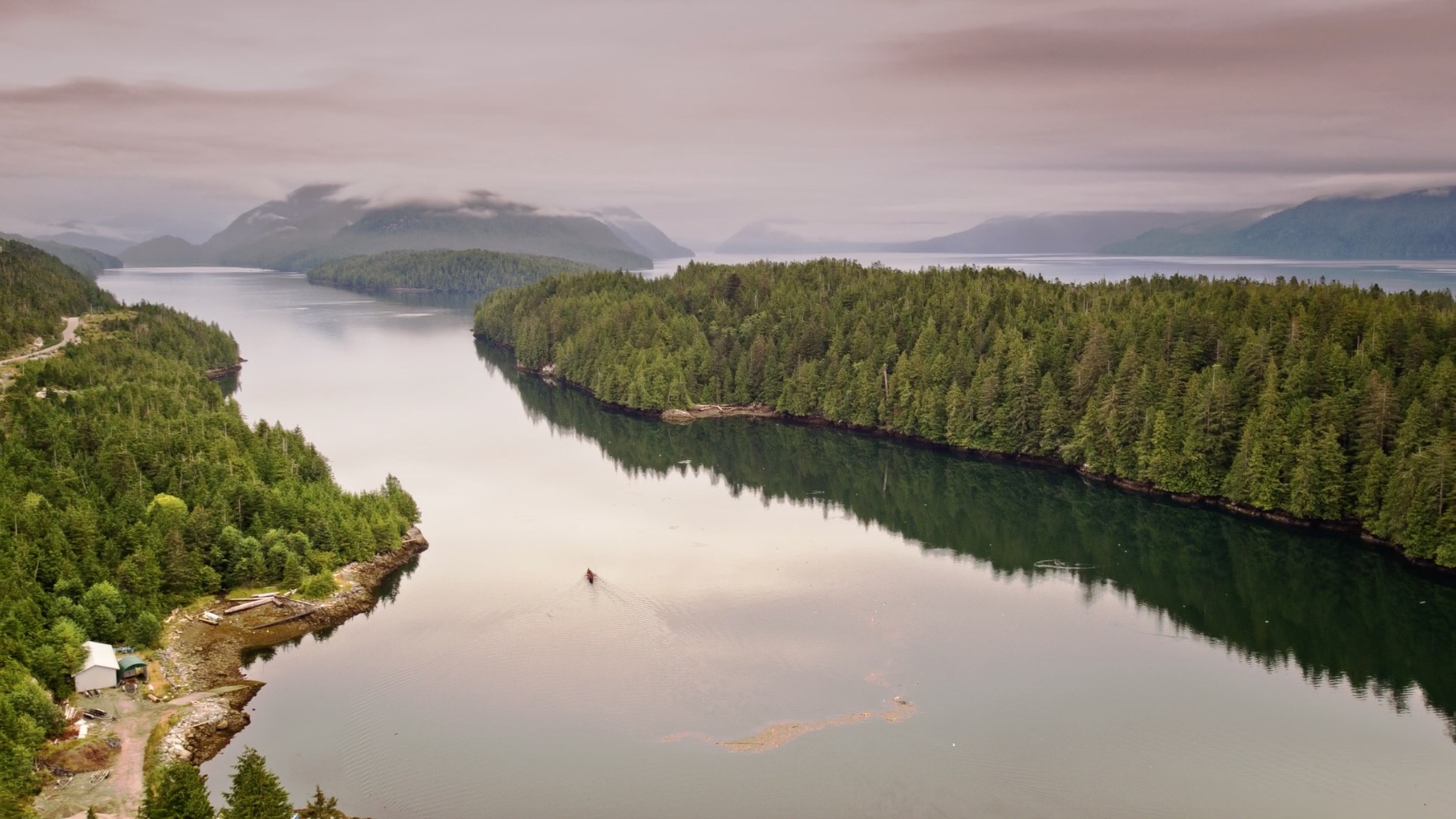 ArticleNewsStory
ArticleNewsStoryCoastal First Nations’ Support for Oil Tanker Moratorium Remains Strong
Read StoryContinually raising the spectre of oil tankers risks squandering the goodwill and…
-
ArticleNews
Open Letter: CFN Urges Prime Minister Carney to Uphold Oil Tanker Moratorium on BC’s North Coast
Read StoryCoastal First Nations vow to never permit oil tanker traffic through the…
-
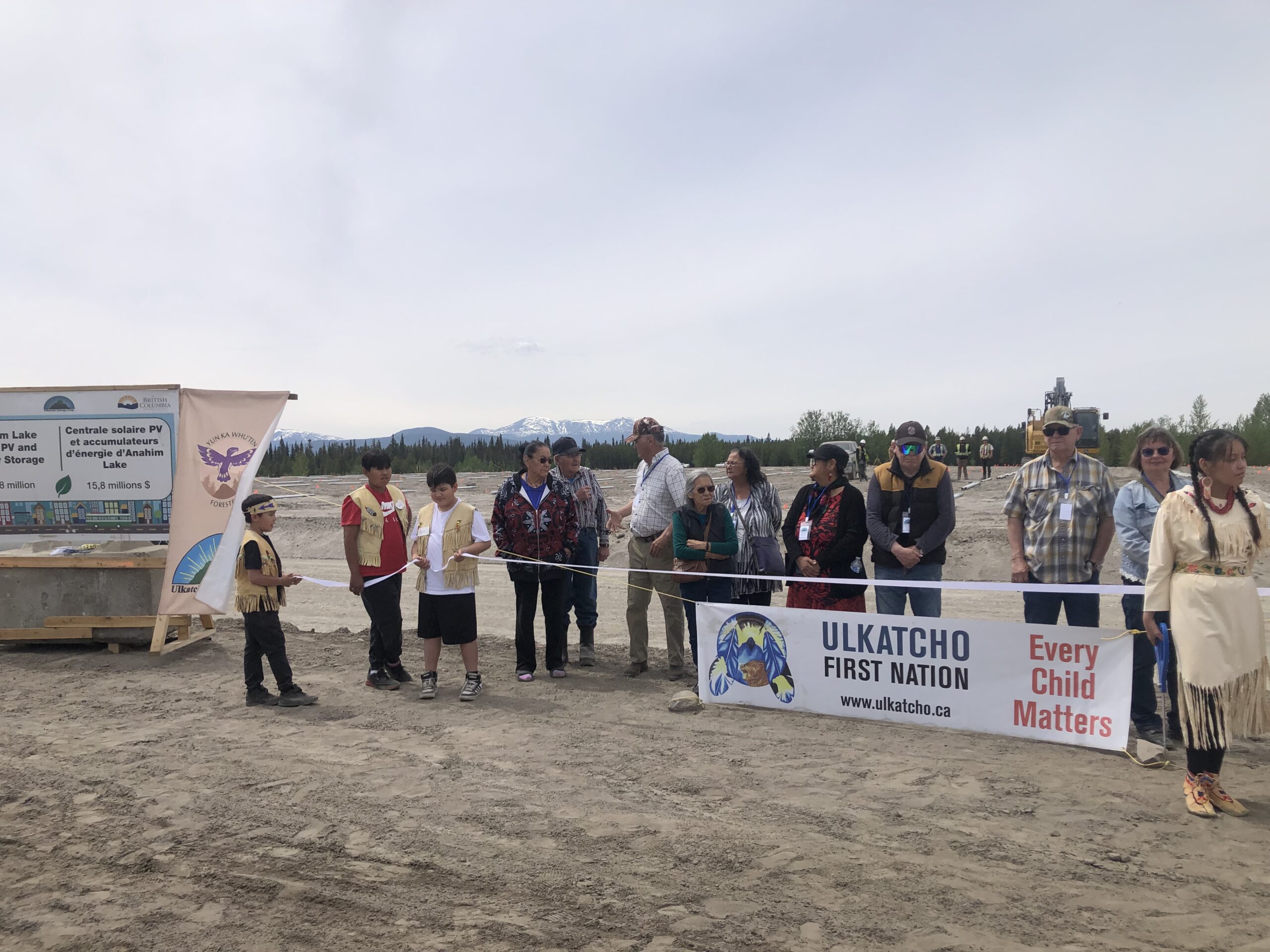 ArticleEventsNewsStory
ArticleEventsNewsStoryUlkatcho First Nation Breaks Ground on Massive Solar Project
Read StoryOn June 11, the Ulkatcho First Nation held a traditional groundbreaking ceremony…
-
NewsStoryVideo
CFN-GBI Chief Executive Officer Christine Smith-Martin receives Coronation Medal
Read StoryCFN-GBI Chief Executive Officer Christine Smith-Martin awarded the King Charles III Coronation…

